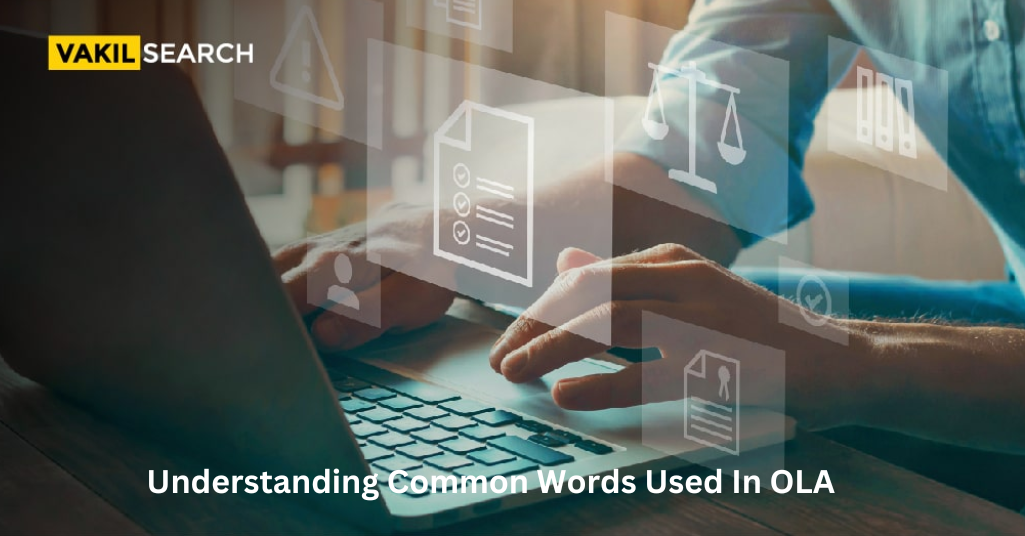This article gives you an understanding of the definition of Operational Level Agreements or OLAs, examples of OLAs, and lists some keywords that are commonly used in OLAs.In fact, the article discusses the requirement of preparation of OLAs, in any business organization and directs the users as to how to go about it.
Before proceeding further, let us first understand the meaning of the Operational Level Agreement or OLA. An Operational Level Agreement (OLA) is defined as a legal agreement which lays down how the information technology (IT) companies and the service providers are planning to offer service and monitor the performance indicators to an internal customer. (Xanax) The basic objective of an OLA is to mention the scope as well as the depth of the duties and responsibilities of various departments of the organization.
However, it should be noted that OLA and SLA do not mean the same thing. But, why are such agreements required in any Organization? Let’s take a look at the following while understanding why is OLA required in the first place?
It is important to understand, SLAs or Service Level Agreements address the requirements of external customers, whereas SLA delivery is dependent on the performance of the Operational Level Agreement (OLA) for that matter of fact. In other words, an SLA highlights the commitments which have been made to the client, whereas an OLA lays down the commitments that have been made to the internal groups within the organization.
Examples of Operational Level Agreement
To make the concept of OLA clear, let us consider some hypothetical examples of OLAs between an Information Technology (IT) vendor and an Internet Service Provider (ISP), before we delve in further details
- An IT vendor is supporting Company XYZ’s database, where Company XYZ is an ISP
- Company XYZ is giving Internet SLAs to the external customers as and when required
- Company XYZ is signing an OLA with the vendor of the IT database
- The IT database vendor OLA mentions that they should give a daily uptime of 23 hours
- Company XYX can make a claim for financial damages that it has incurred for too much downtime
- On the other hand, IT vendors who meet standards will be able to retain customers.
As is evident, there is huge dependence of the SLA on the assurances and limitations which have been laid down in the operational service level agreement. Due to the nature or degree of complexity involved, OLAs should be drafted, negotiated and finalized very carefully, keeping in view the business requirements. At the same time,they should also contain a few critical terms which will help in protecting your organization’s fiduciary interests.Experts advise on the procedures, and sometimes you might require professional help in doing the same.
Few Keywords that are Commonly Used in Operational Level Agreements
There are some keywords that are commonly used in OLAs. Some of these terms include General Review, Service Scope, Service Dependencies, Responsible Parties, Service Exceptions, Metrics and Goals, Roles and Responsibilities, Incident Management and Problem Management. Please note that each and every term has a meaning and such terminologies are used in order to protect business interests.
- General Review: This part of an OLA deals with preparing the ground for the relationship, identification of parties, and establishing the objective/s of the relationship. Here, reference should be given to accountability, roles as well as responsibilities. The general overview also mentions the start date and the end date of the contract.
- Service Scope: This section provides technical explanation of the service rendered. It should also take into consideration updates as well as upgrades, and tasks which may be beyond the OLA’s scope.
- Service Dependencies: Here, supporting services which are dependent on the deliverables of the vendor should be listed.
- Responsible Parties: In case of an issue, it should be known to the internal customer how to get in touch with the responsible parties. In this section, vendors should provide the names, hours, phone numbers as well as emails of those individuals whom they can contact.
- Service Exceptions: This provision is very crucial because it restricts the scope as well as the depth of your relationship with respect to incident management and problem management. In other words, the exceptions should be mentioned in this section.
- Metrics and Goals: Key performance indicators or KPIs are regarded as crucial components of an OLA relationship. The organization should request the vendor to track specific metrics and make those available to the main team members.
- Roles and Responsibilities: This section talks about how the parties involved play a role in the delivery of service. It lays down training measures, meeting timings, the activities where vendor participation is required, etc.
- Incident Management: There should be transparency between the vendors and the service providers. This part of an OLA should mention the standard expected as well as the ad-hoc requests that pour in and the way they decide to process them.
- Problem Management: In case of occurrence of an incident, the internal customer also requires a certain degree of reassurance that you will be able to deal with the incident. A section on problem management enables the IT vendor to jot down the what-if situations and communicate the possibilities and actions for resolving the issues which have been discovered.
Unlike in the previous years when the span of technology was not so huge, in today’s context, the entire world is driven by technology. Hence, to stay relevant in this highly competitive technology-driven world, one should be in a position to manage its IT services in a very effective manner. Writing OLAs remains to be an important part and hence, one must take enough care in drafting such documents.
What is an Operational Level Agreement?
An Operational Level Agreement (OLA) is a legal document that outlines how information technology (IT) companies and service providers plan to provide a service and track performance indicators to an internal customer.
An OLA aims to define the scope and depth of responsibilities and duties within company departments. These agreements are designed to address and solve the problem of IT silos, which can occur when different IT groups within a company work autonomously, leading to inefficiencies and miscommunications.
Types of Operational Level Agreements
There are different types of OLAs, depending on the scope and complexity of the services being provided. Some common types of OLAs include:
– Technical OLAs: These agreements define the technical requirements and responsibilities of each IT department involved in delivering a service. They cover issues such as hardware and software requirements, network connectivity, and security protocols.
– Application OLAs: These agreements define the requirements and responsibilities of each IT department involved in delivering an application or software service. They cover issues such as software development, testing, deployment, and maintenance.
– Facilities OLAs: These agreements define the requirements and responsibilities of each IT department involved in delivering a service that requires physical facilities, such as data centres or server rooms. They cover issues such as power and cooling requirements, physical security, and access control.
Examples of Operational Level Agreements
Examples of OLAs can vary depending on the organization and the services being provided. Here are some examples of OLAs for different types of services:
– Email Service OLA: This OLA defines the responsibilities of the IT department responsible for managing the email service. It covers issues such as email server maintenance, spam filtering, and email backup and recovery.
– Network Service OLA: This OLA defines the responsibilities of the IT department responsible for managing the network infrastructure. It covers issues such as network availability, bandwidth management, and network security.
– Help Desk Service OLA: This OLA defines the responsibilities of the IT department responsible for providing help desk support. It covers issues such as response times, escalation procedures, and customer satisfaction metrics.
Difference Between OLAs and SLAs
While OLAs and SLAs are both legal documents that define service relationships, they differ in their scope and focus. An OLA is a more specific agreement that defines the interdependent relationships supporting an SLA.
An OLA describes the responsibilities of each internal support group toward other support groups, including the process and timeframe for delivery of their services. The objective of the OLA is to present a clear description of the service provider’s internal support relationships.
On the other hand, an SLA is a contract between a service provider and a customer that defines the level of service that will be provided, including performance metrics, service availability, and support response times. It outlines the expectations of the customer and the consequences that follow suppose those expectations are not met.
Do You Have a Scope for Revision in Case You Have Already Formulated the Document?
Of course, yes. You can improve the scope of the content based on business requirements. However, experts warn that in case a detailed scope of revision arises, it is always better to take professional help. In fact, the business proprietor can take the help of legal firms in order to draft OLA.
Conclusion
So now, become an expert and get ready to start writing OLAs for your organisation!
Read More:
FAQs
What are the key terms of a service level agreement?
Service level agreements (SLAs) include key terms such as service availability, performance metrics, support response times, and consequences if expectations are not met.
What is the best description for an Operational Level Agreement?
An Operational Level Agreement (OLA) is a legal document that outlines how IT departments within a company plan to deliver a service or set of services to another part of the organization.
What is an example of an Operational Level Agreement?
Examples of OLAs include email service OLA, network service OLA, and help desk service OLA.
What are the components of OLA?
The components of an OLA include a general overview that states the OLA's purpose and scope, the issues the OLA is to address, the product or service to be provided, the roles and responsibilities of each department involved, performance metrics and reporting requirements, escalation procedures for resolving issues, and signatures of interested parties authorizing the work.
What are the 3 types of SLA?
The three types of SLAs are customer-based SLAs, service-based SLAs, and multi-level SLAs.
What are the six elements of service level agreements?
The six elements of SLAs include service scope, performance metrics, service availability, support response times, escalation procedures, and consequences if expectations are not met










